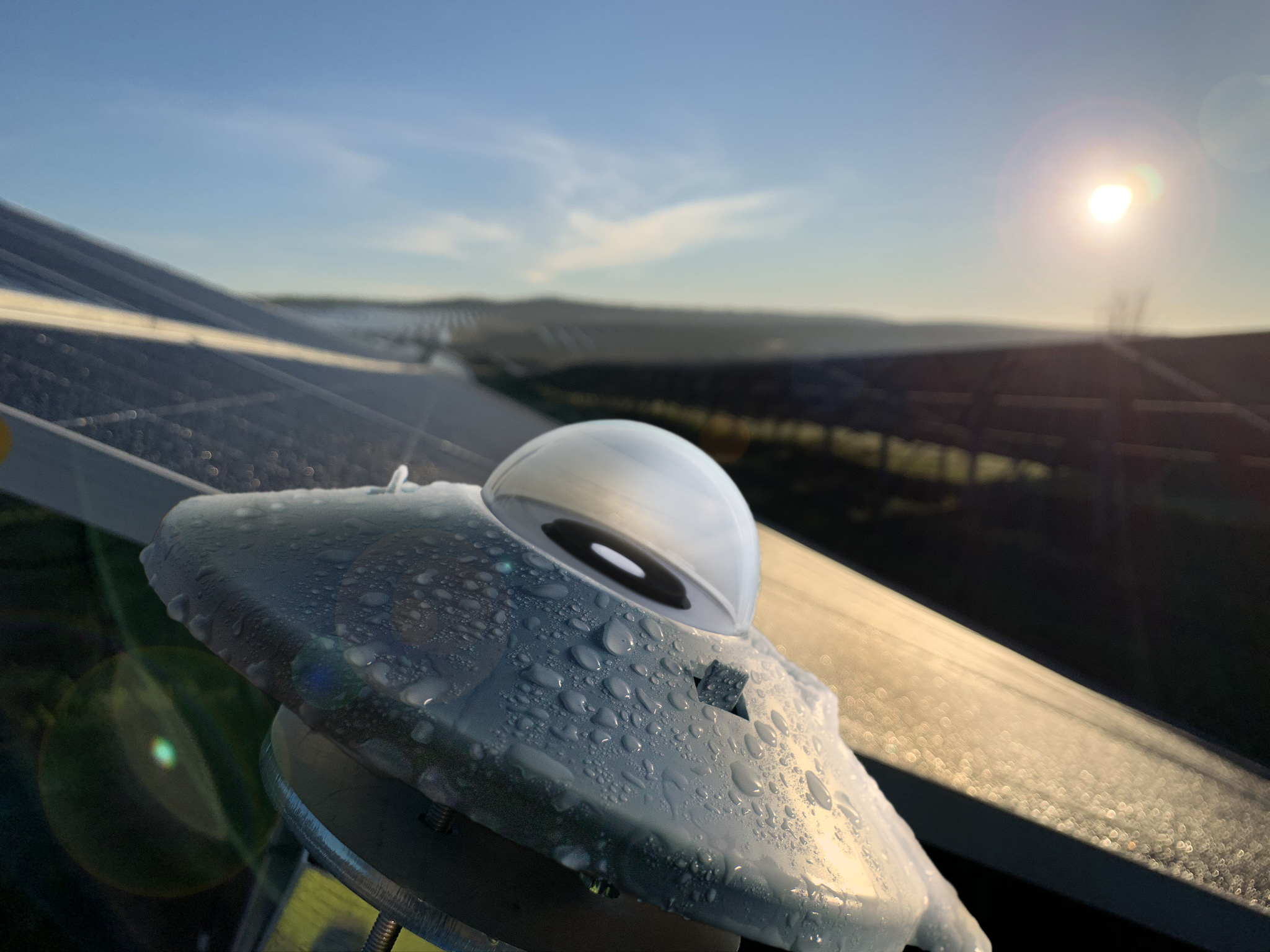Technical specifications provide valuable insights into a measuring instrument, but its true capabilities come to light through real-world performance. The presence of dew, frost, or debris on the optical dome of a radiometer can greatly influence its readings, often resulting in inaccurate data. Fortunately, these challenges can be effectively addressed by implementing ventilation and heating techniques.
Radiometers measure the intensity of solar radiation. For every part of the solar spectrum, from the ultraviolet to long-wave infrared, there are sensors to detect specific ranges of incoming radiation. Instruments to measure only the solar spectrum relevant for photovoltaics are called pyranometers.
Many of these radiometers, although built for different applications, share a similar construction principle; photons enter the housing of a sensor through an optical dome and heat up a detector known as a thermopile. This is basically a semiconductor that converts thermal energy into electrical energy and thus induces an electrical signal.
Of course, there is more to radiation monitoring than summarised in these first paragraphs; analogue versus smart output, quality of components, sensitivity, robustness, and much more. But the basics are enough to understand a serious issue for solar radiation monitoring.
























